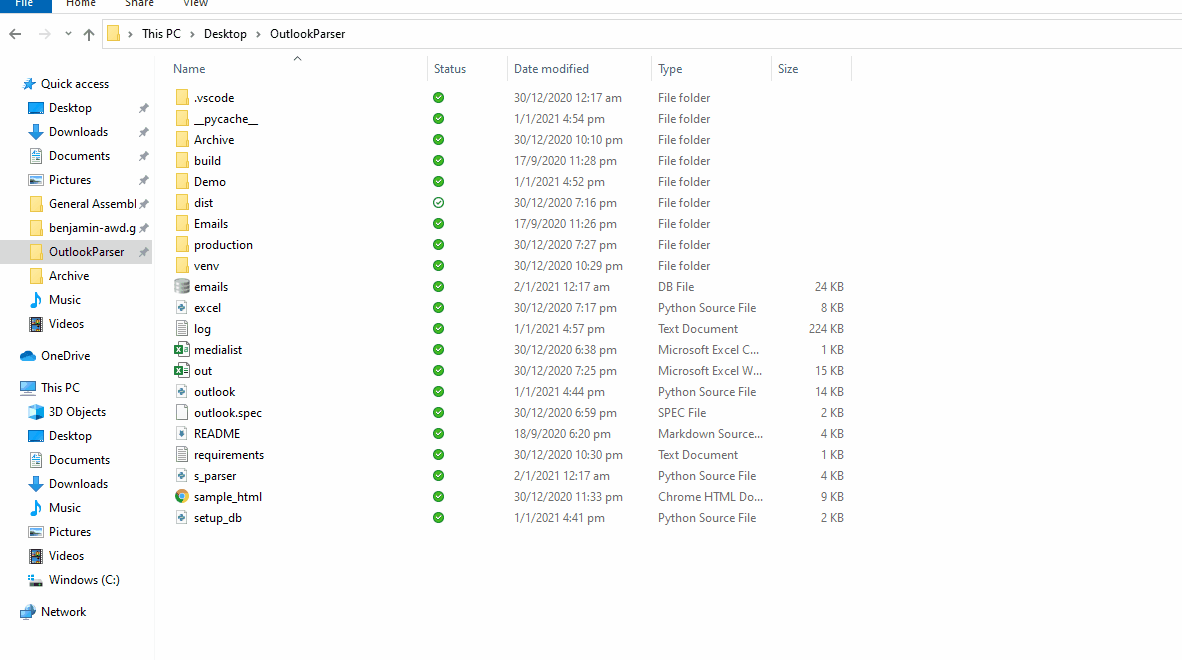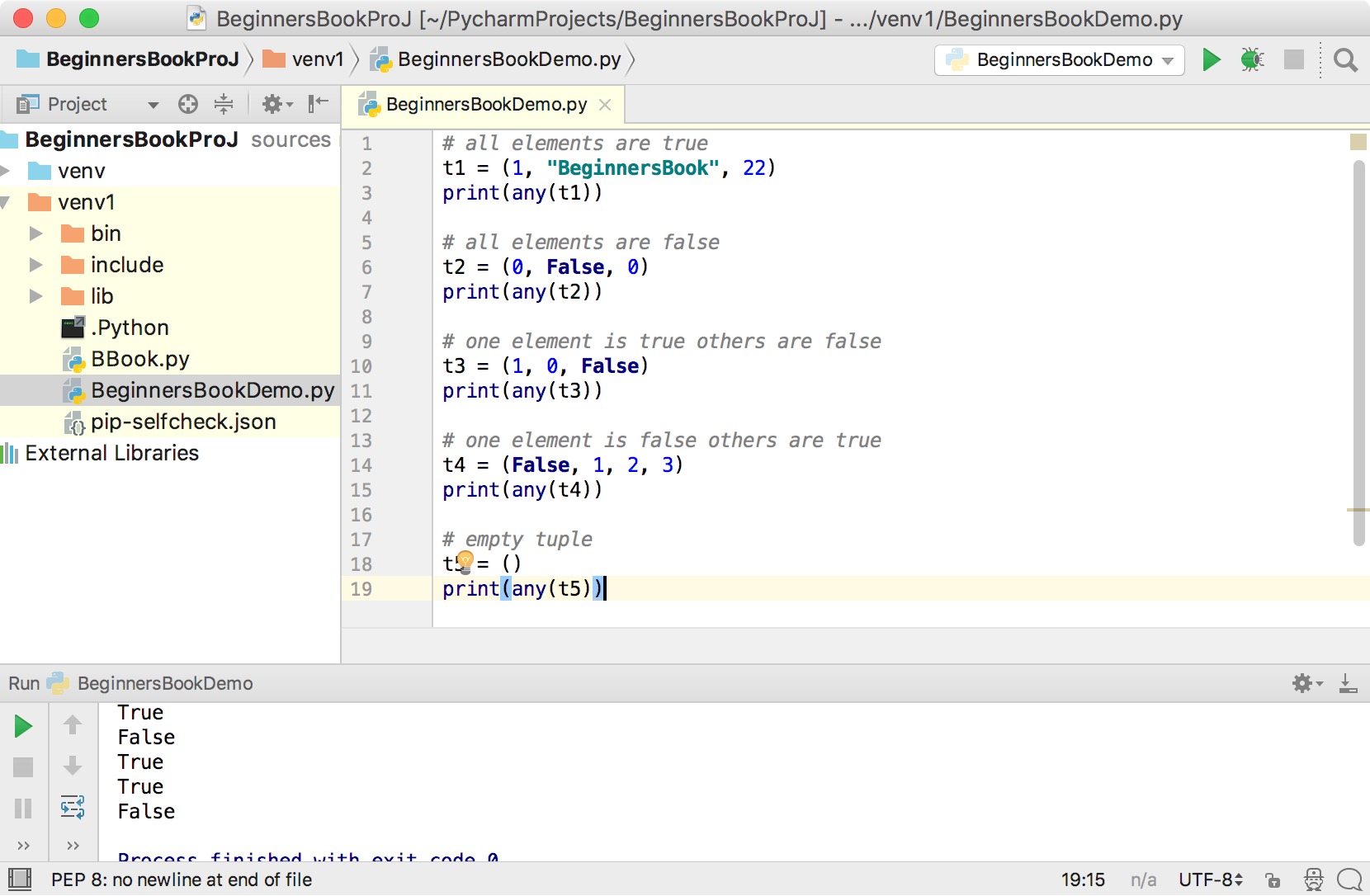

This is one of the most basic questions asked in DevOps interviews.

If you want to study more on handling sessions, cookies and auth token in the requests library in Python, please refer to here. I give it to you for further improvement.

You can also use regex to parse the logs but regex is complex to understand at the start. This crawler is simple and is deficient in several features (like saving found emails into a file), but it gives you some basic principles of email crawling. The first step would be to setup an e-mail account to centralize all those mailboxes. School Riverdale High Grade 1 Student number, Name 0, Phoebe 1, Rachel Student number, Score 0, 3 1, 7 Grade 2 Student number, Name 0, Angela 1, Tristan 2, Aurora Student number, Score 0, 6 1, 3 2, 9 School Hogwarts Grade 1 Student number, Name 0, Ginny 1, Luna. For now, the emails are arriving at the employees' individual inboxes, team mailing lists, or company-wide mailbox. This was how you can approach log parsing using python. Sample text A selection of students from Riverdale High and Hogwarts took part in a quiz. Before parsing our emails, we’ll first want to set up a SQL database with Python. usage: helloworld.py -h -example Example argparser based python file. Repeat until all data is parsed, then move to next email Creating a SQL Database. Upload data from bullet point to a database 6. Here we can see that for each second we get the count of log lines and count of different status_codes also. Create list of emails that we want to parse 2. Status_code = line.split('"').split(" ")ĭata = data + 1ĭata = In this example of log parsing, we will try to get the number of logs we get each minute for different status codes. The module is used to parse out one email message ( instance of MIMEMessage class) data such as from/to address, subject, content, and attached files. If we look at the above logline we can say that the first part is IP address then we get date time and after that, we have the method of the call and status after that like below. The python poplib module is used to connect to the pop3 email server and retrieve email messages data from the user email box. Generally, all the logs follow a pattern and we will try to find that here. I give it to you for further improvement.Log parsing in python using regular expressions.įirst of all, let’s look at the logline and identify the pattern it is following.

This crawler is simple and is deficient in several features (like saving found emails into a file), but it gives you some basic principles of email crawling. If not link in new_urls and not link in processed_urls: # add the new url to the queue if it was not enqueued nor processed yet Create parsing rules matching your e-mail layout. Create your first mailparser.io inbox and forward some email samples. The basic steps of setting up your account are the following. These are the top rated real world Python examples of extracted from open source projects. Basic Steps for Setting Up Your Email Parser Mailparser Example. Project: Servo Author: fpsw File: checkmail.py License: BSD 2-Clause 'Simplified' License. Python Parser.parsestr - 30 examples found. As of email package version 3.0, introduced in Python 2.4, the classic Parser was. You may also want to check out all available functions/classes of the module email.parser, or try the search function. Here’s an example of how you might use this at an interactive Python. Link = anchor.attrs if "href" in anchor.attrs else '' You may check out the related API usage on the sidebar. # find and process all the anchors in the document # create a beutiful soup for the html document # extract all email addresses and add them into the resulting set Path = url if '/' in parts.path else urlĮxcept (, ): # extract base url to resolve relative linksīase_url = "".format(parts) # move next url from the queue to the set of processed urls def testtorecordswithMappingtype(self): import email from email.parser import Parser () headers Parser(). When it comes to Python the best choice is to rely on your own Python interpreter.
#Python email parser example code#
There is one special case that could be managed in more specific way: the case in which you want to parse Python code in Python. # process urls one by one until we exhaust the queue Python offers also some other libraries or tools related to parsing. # a set of urls that we have already crawled


 0 kommentar(er)
0 kommentar(er)
